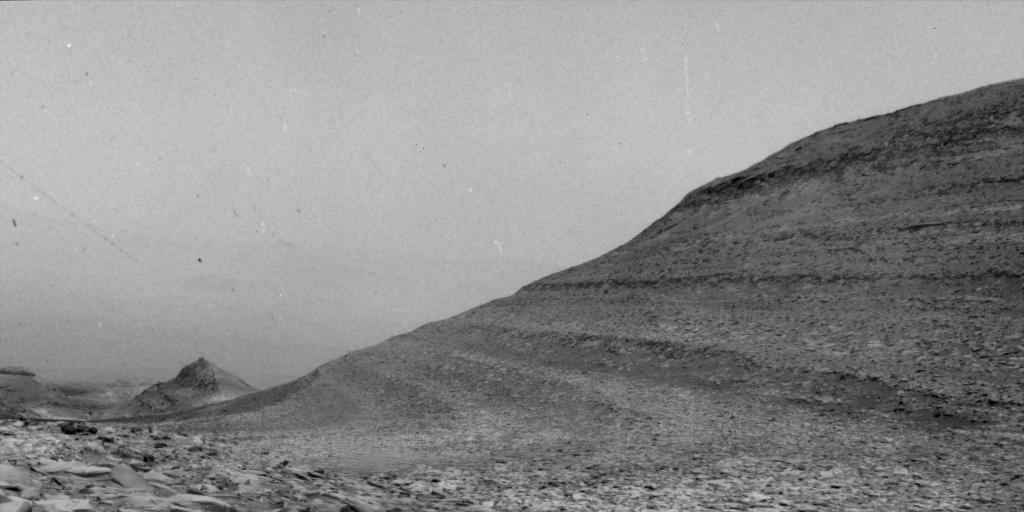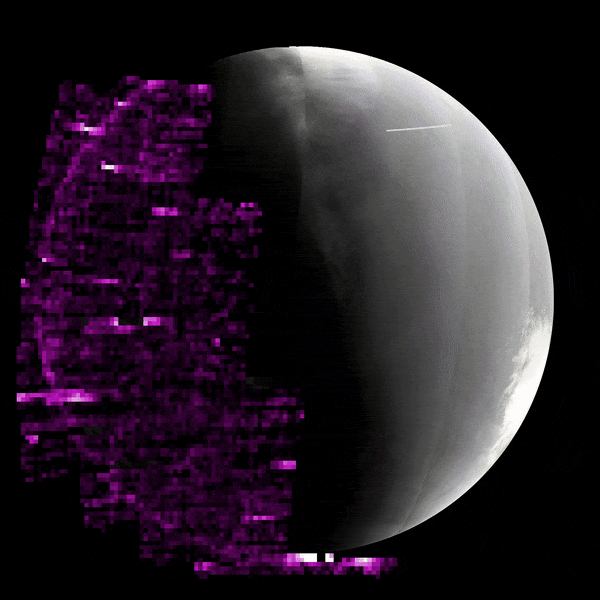The Sun is getting to its peak of activity for this cycle, the solar maximum. We have seen the effects here on Earth, with radio blackouts and a series of spectacular aurorae that were seen at lower latitudes than usual. The sunspot responsible for the mayhem moved to the other side of the Sun shortly after the aurorae. There, it released the strongest solar flare in maybe two decades, and its effects were measured across the Solar System.
The European Space Agency (ESA) had spacecraft from the orbit of Mercury all the way to Mars detecting the powerful light and subsequent stream of particles erupting from the Sun. NASA, too, had observatories on and around the Red Planet, ready to observe and even being affected by the event.
“The reason why the X-class flare that happened on the other side of the Sun is really interesting is because it’s associated with particles that were on the path of BepiColombo as well as Mars Express,” Dr Miho Janvier, solar and space physicist at ESA, told IFLScience.
ESA’s Solar Orbiter estimated that on May 20, sunspot AR 3664 released a solar flare. The flare was an X-12, the strongest since September 7, 2005 (although a 2017 event might have been a tad stronger). The flare released gamma rays and X-rays that traveled to Mars over several minutes. The event was then followed by a coronal mass ejection with charged particles trailing behind the light event.
Three NASA missions dealt with the effects of the event. Spacecraft Mars Odyssey lost its star camera for about an hour. This camera is used for the spacecraft’s orientation and it was inundated by high-energy solar particles.
Mars has no magnetic field and a thin atmosphere, so being on the ground doesn’t offer much more protection than being in orbit. This can be seen through Curiosity’s cameras, which were affected by the stream of particles.

The specks in the sequence of images in this video were caused by charged particles from a solar storm hitting one of the navigation cameras aboard NASA’s Curiosity Mars rover.
Image credit: NASA/JPL-Caltech
The rover’s Radiation Assessment Detector (RAD) measured a radiation dose from the event of 8,100 micrograys. That is equivalent to getting 30 chest X-rays – certainly not deadly, but a concerning amount for future astronauts traveling in deep space during the solar maximum.
It was another NASA mission that got the most out of the event, and that was MAVEN. The orbiter has been studying the aurorae that form on Mars. As mentioned, there’s no magnetic field, so it is just particles straight-up hitting the atmosphere without being deflected towards the poles. And MAVEN saw the event lighting Mars up like a Christmas tree.

MAVEN’s observations between May 14 and 20, 2024. The more purple, the more particles have interacted with the Martian atmosphere.
Image credit: NASA/University of Colorado/LASP
“This was the largest solar energetic particle event that MAVEN has ever seen,” MAVEN Space Weather Lead, Christina Lee of the University of California, Berkeley’s Space Sciences Laboratory, said in a statement. “There have been several solar events in past weeks, so we were seeing wave after wave of particles hitting Mars.”
NASA’s experience on Mars is exciting, but there’s more to come. ESA has confirmed to IFLScience that it will shortly report on the same event with observations from multiple space missions. It is absolutely incredible how we can study this same solar flare and coronal mass ejections from wildly different places in the Solar System.
Source Link: Strongest Solar Flare In Years Affected Curiosity’s Camera On Mars